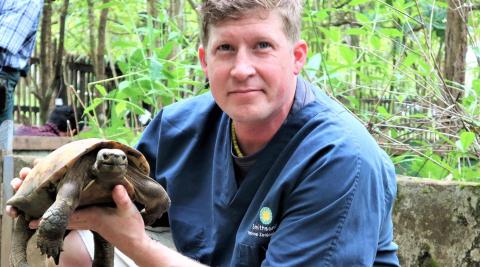News
Displaying 851 - 875 of 2305

March 01, 2019
Exploring Peru’s Wilderness From the Air

March 01, 2019
Training Swarna for Tooth Radiographs

March 01, 2019
What Are Orangutans Thinking?

March 01, 2019
New at the Zoo: Amur Tiger Nikita

February 26, 2019
#GorillaStory: Moke’s Getting Stronger

February 22, 2019
Foxes and Feces: How Science Saves Species
February 20, 2019
VIDEO: Pandas in the Snow Feb. 20, 2019

February 14, 2019
How to Woo at the Zoo

February 14, 2019
Come to the Giant Panda Housewarming Party
February 14, 2019
Public Invited to Giant Panda Housewarming Celebration

February 08, 2019
Welcome to the American Prairie Reserve

February 08, 2019
Where the Bison Roam

February 08, 2019
#GorillaStory: Moke Makes Moves

February 06, 2019
New Look, Same Gold Standard

February 01, 2019
The Naked Mole-rat Pups Have Doubled in Size

February 01, 2019
Rescuing Reptiles in Myanmar

February 01, 2019
Training Update: Sloth Bear Ultrasound

February 01, 2019
New at the Zoo: Prehensile-Tailed Porcupine, Quillbur

February 01, 2019
#GorillaStory: Moke on the Mend

January 31, 2019
7 Facts to Celebrate International Zebra Day!

January 30, 2019
Catching Up With the Pandas

January 29, 2019
Top Animal News Updates
January 29, 2019
